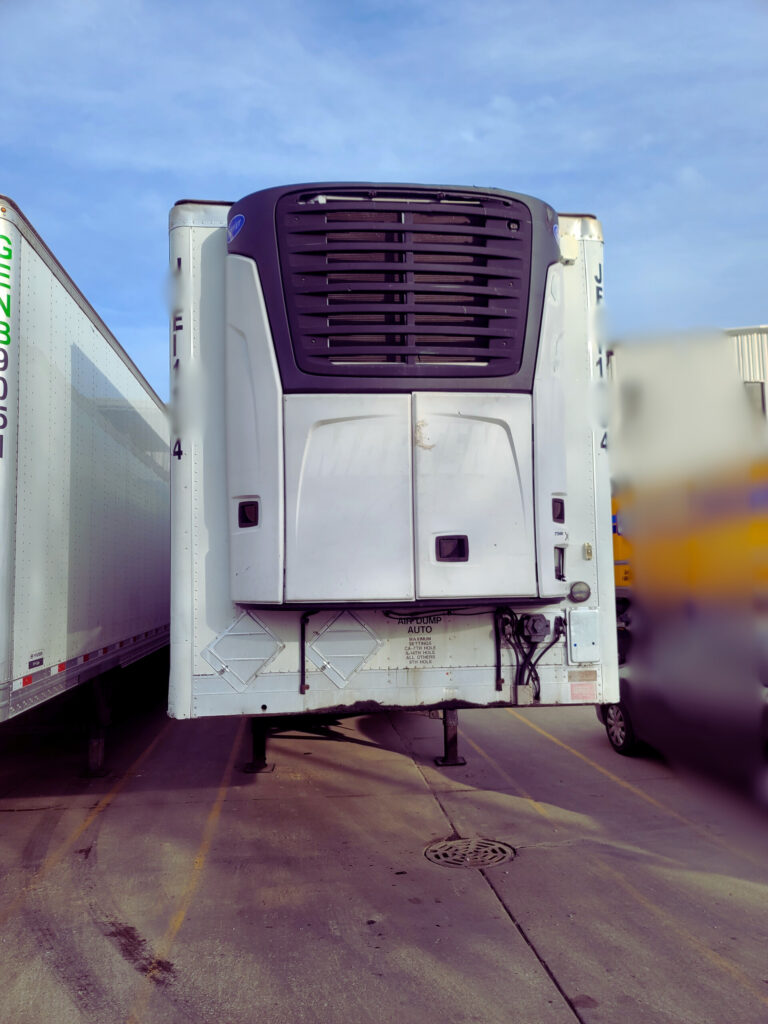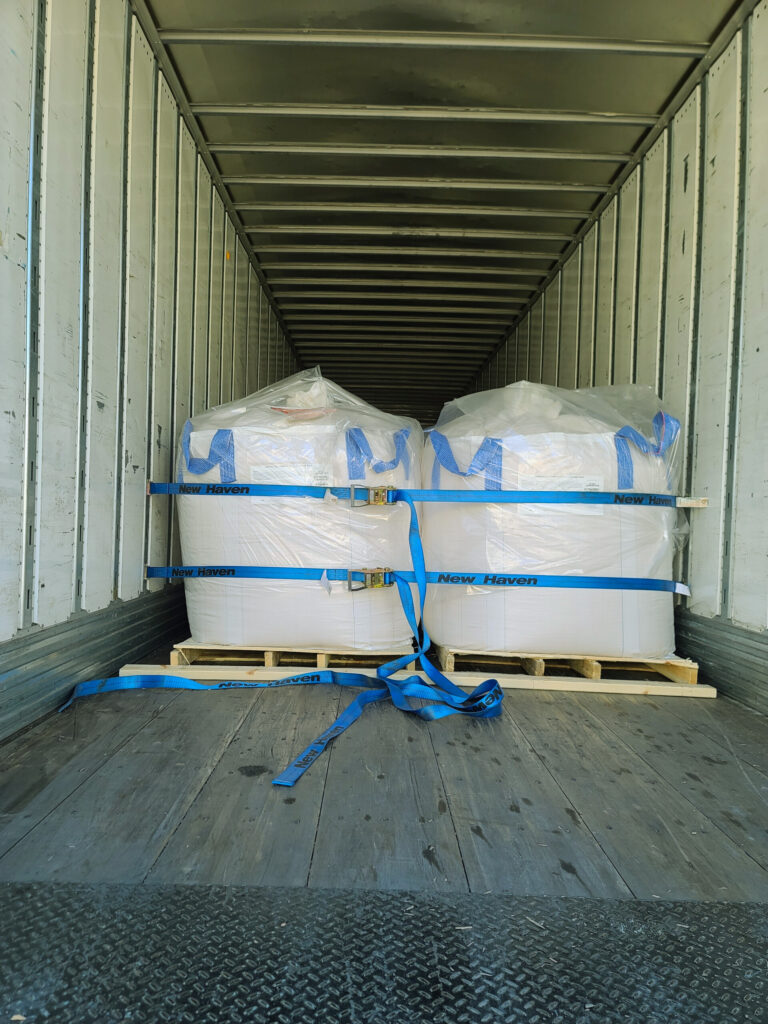
Intermodal freight shipping is a frequently used term in the logistics industry, but do you know what it is and how it works? This article comprehensively discusses the concept, basics, uses, and advantages of intermodal freight shipping. So, keep reading!
What is intermodal freight shipping?
As the name indicates (inter = between, modal = modes), “intermodal” freight shipping refers to a transportation method that involves the use of more than one shipping mode for freight delivery. Contrary to standard freight shipping, in which only a single mode of transportation is applied (e.g., truckload shipping), intermodal shipping uses any combination of the following transportation modes:
- Truckload shipping
- Rail freight
- Ocean freight
- Air freight
Generally, the freight is loaded in closed containers to be transported via different transportation modes. These containers are also called intermodal containers. Intermodal shipping can be domestic and international, depending on the delivery requirements.
How does intermodal freight shipping work?
From origin to destination, the freight is moved via multiple transportation modes in intermodal shipping. To understand how intermodal shipping works, we have divided its whole process into three distinct parts.
-
Road transportation (via trucks)
This first part of the intermodal transportation starts from the initial pickup of freight from the shipper’s location. It can be a warehouse, factory, or any other storage facility. Before loading on trucks, the freight is containerized to make it easy to transfer from one mode to the other. The containers are then loaded on the trucks to be transported to the nearest intermodal terminal. This intermodal terminal can be a rail yard, port, or airport (depending on the shipping needs). The trucking carrier used in intermodal transportation is called a drayage carrier (drayman).
-
Rail/Ocean/Air transportation
At the intermodal terminal, the containers are transferred onto the rail, ships, or airplanes. For the sake of understanding, we say that this intermodal terminal is a rail yard, so the freight is transferred on cargo trains. These cargo trains efficiently transport the freight to the destination rail ramp (or a port or airport if ocean or air freight is used). Once the freight reaches the destination intermodal terminal, the third part starts.
-
Road transportation (final delivery via trucks)
Now, the destination drayage carrier picks up freight from the destination intermodal terminal and finally delivers it to the receiver. That’s how the whole process of intermodal freight shipping is completed.
Is intermodal freight shipping the right option for You?
Intermodal freight shipping is a good transportation option if you’re looking for a cost-effective, eco-friendly logistics solution to deliver your freight on long hauls. One of the key advantages of this shipping method is its ability to transport large volumes of goods in a single trip, offering shippers an operating cost advantage. Intermodal shipping is considered a highly efficient transportation solution as it uses the strengths of various transportation modes. For example, a typical intermodal solution can leverage the flexibility of truckload shipping, the cost-effectiveness of rail freight, and the high capacity of ocean freight.
Intermodal shipping can be used to transport:
- Heavy cargo
- Liquid chemicals
- Dry bulk cargo
- Consumer products (like electronics)
- Perishable goods
The most extensive use of intermodal shipping is for transporting heavy machinery and oversized (heavyweight) freight, such as construction equipment.
Benefits of intermodal freight shipping
Intermodal freight shipping offers the following significant advantages:
- Cost advantage: Intermodal freight reduces the shipping cost by delivering large volumes of goods in fewer trips.
- Environmental advantage: Intermodal freight shipping lowers the environmental impact of the transportation process by reducing the number of trips.
- Mitigation of the challenge of driver shortage: Intermodal shipping plays a vital role in the mitigation of driver or logistics staff shortage. As large volumes of cargo can be transported in a single trip through this method, the driver capacity concern is significantly reduced.
- Consistency: Intermodal shipping offers consistent transportation capacity, empowering shippers to meet delivery deadlines and schedules.
While intermodal shipping has numerous benefits, it may also have some disadvantages. For example, this shipping method may not meet shippers’ requirements to deliver volatile materials. Additionally, it’s not financially efficient if the distance between the origin and destination of your freight is less than 1000 miles. In the end, the decision to choose intermodal freight depends on your shipping and logistics needs.










